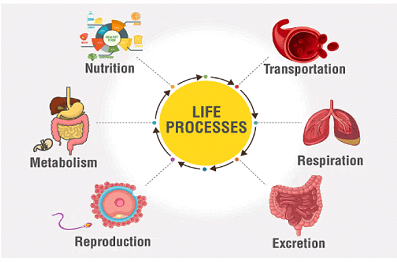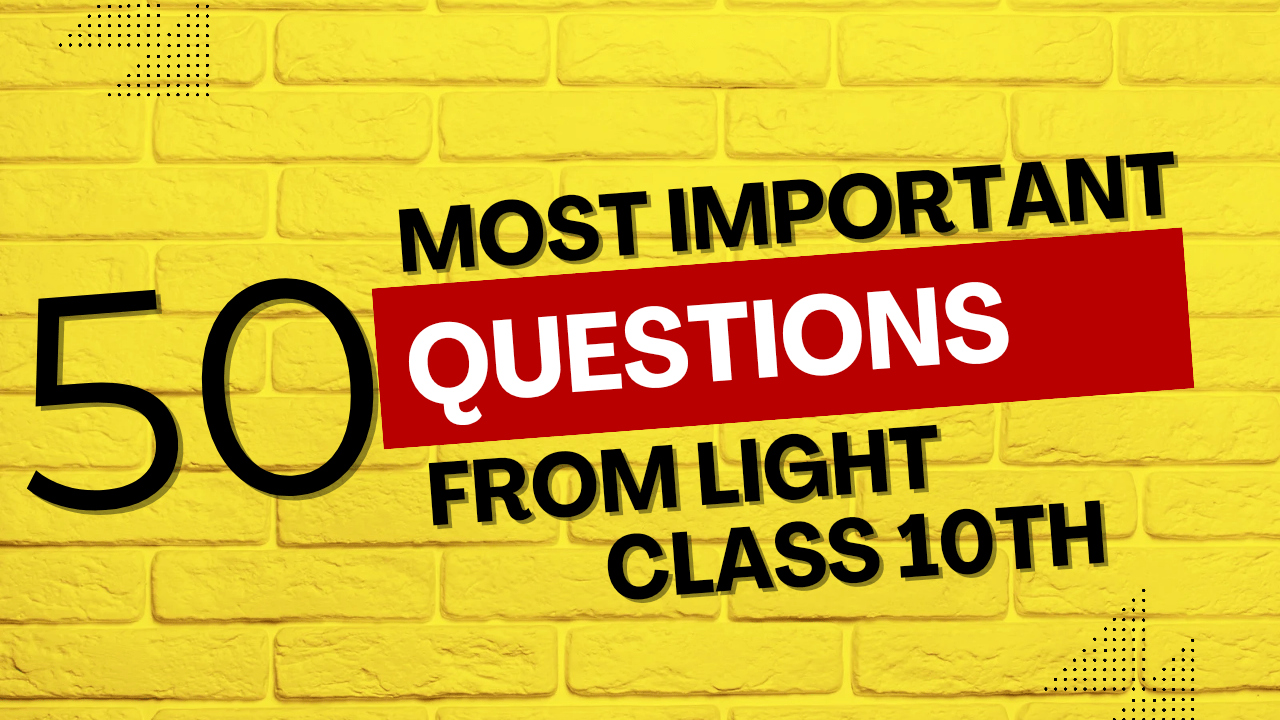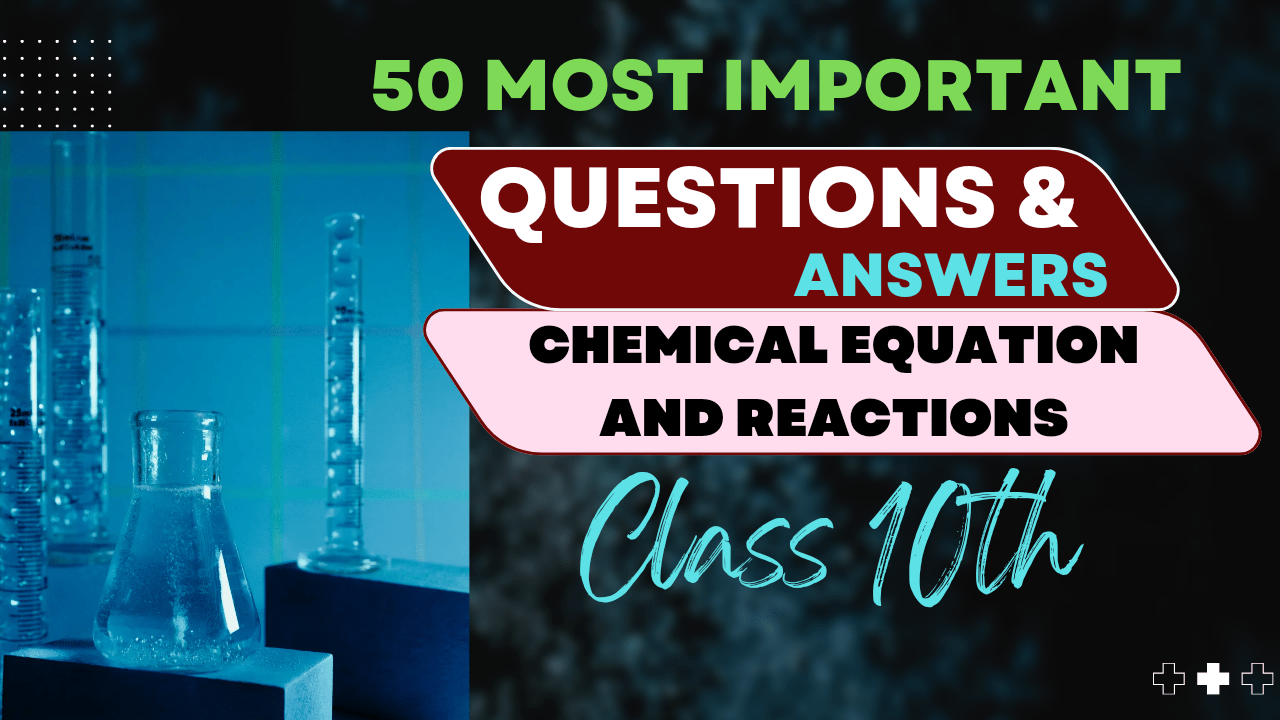Types of Chemical Reactions
A comprehensive guide for students with exam preparation in mind
Introduction to Chemical Reactions
Chemical reactions are the processes that transform substances into different chemical entities. Understanding the types of chemical reactions is fundamental to mastering chemistry. In this post, we’ll explore the major categories of chemical reactions, their characteristics, and provide plenty of examples to help you prepare for exams.
Classification of Chemical Reactions
Chemical reactions can be classified in several ways based on:
- The way bonds are broken and formed
- The changes in oxidation states
- The energy changes involved
- The types of reactants and products
For exam purposes, the most important classification divides reactions into the following major types:
1. Combination/Synthesis Reactions
General Form: A + B → AB
Definition: Reactions where two or more substances combine to form a single product.
Key Characteristics:
- Always involves the formation of a more complex substance
- Often exothermic (releases energy)
- Usually involves elements combining to form compounds
Examples:
Sodium metal reacts with chlorine gas to form sodium chloride (table salt).
Calcium oxide (quicklime) reacts with water to form calcium hydroxide (slaked lime).
Hydrogen gas combines with oxygen gas to form water.
Exam Tip:
In combination reactions, always remember that the number of reactants is greater than the number of products. These reactions follow the pattern of “A + B → AB” where separate entities combine to form a single entity.
2. Decomposition Reactions
General Form: AB → A + B
Definition: Reactions where a single compound breaks down into two or more simpler substances.
Key Characteristics:
- The opposite of combination reactions
- Often requires energy input (endothermic)
- Can be triggered by heat, electricity, or light
Examples:
Water decomposes into hydrogen and oxygen gases (through electrolysis).
Calcium carbonate (limestone) decomposes to calcium oxide and carbon dioxide when heated.
Potassium chlorate decomposes to potassium chloride and oxygen gas when heated.
Exam Tip:
Decomposition reactions always have a single reactant that breaks down into multiple products. Pay attention to the conditions required for decomposition (heat, light, electricity) as these are often asked in exams.
3. Single Displacement/Substitution Reactions
General Form: A + BC → AC + B
Definition: One element displaces another element from a compound.
Key Characteristics:
- Involves the replacement of one element by another in a compound
- Often follows the activity or reactivity series
- Frequently occurs with metals replacing less reactive metals in their compounds
Examples:
Zinc metal displaces copper from copper sulfate solution.
Iron displaces copper from copper sulfate solution.
Chlorine gas displaces bromine from potassium bromide.
Exam Tip:
Single displacement reactions only occur when the displacing element is more reactive than the element being displaced. Memorize the reactivity series of metals to predict whether a displacement reaction will occur:
K > Na > Ca > Mg > Al > Zn > Fe > Pb > H > Cu > Hg > Ag > Au
For halogens, the reactivity order is: F > Cl > Br > I
4. Double Displacement Reactions
General Form: AB + CD → AD + CB
Definition: Exchange of ions between two compounds to form two new compounds.
Key Characteristics:
- Usually occurs in aqueous solutions
- Often results in the formation of a precipitate, gas, or water
- Also known as metathesis reactions
Examples:
Silver nitrate reacts with sodium chloride to form silver chloride precipitate and sodium nitrate.
Barium chloride reacts with sodium sulfate to form barium sulfate precipitate and sodium chloride.
Sulfuric acid reacts with sodium hydroxide to form sodium sulfate and water (neutralization reaction).
Exam Tip:
Double displacement reactions often involve one of these:
- Precipitation reactions: Form an insoluble solid (↓)
- Gas-forming reactions: Produce a gas (↑)
- Neutralization reactions: Acid + Base → Salt + Water
Knowing solubility rules is essential for predicting precipitation reactions.
5. Combustion Reactions
General Form: Fuel + O₂ → CO₂ + H₂O (+ energy)
Definition: Rapid oxidation of a substance that produces heat and light.
Key Characteristics:
- Always involves oxygen
- Highly exothermic (releases large amounts of energy)
- Common with hydrocarbons, producing carbon dioxide and water
Examples:
Methane (natural gas) burns in oxygen to produce carbon dioxide, water, and energy.
Propane combustion with oxygen.
Carbon (coal) burns in oxygen to form carbon dioxide and release energy.
Exam Tip:
For hydrocarbon combustion reactions, remember the general formula:
CxHy + (x + y/4)O₂ → x CO₂ + (y/2) H₂O
Complete combustion always produces CO₂ and H₂O, while incomplete combustion (insufficient oxygen) may produce carbon monoxide (CO) or carbon (C).
Comparison of Reaction Types
| Reaction Type | General Form | Key Characteristics | Example |
|---|---|---|---|
| Combination/Synthesis | A + B → AB | Two or more substances combine to form one product | 2 H₂ + O₂ → 2 H₂O |
| Decomposition | AB → A + B | One substance breaks down into multiple products | 2 H₂O → 2 H₂ + O₂ |
| Single Displacement | A + BC → AC + B | One element replaces another in a compound | Zn + CuSO₄ → ZnSO₄ + Cu |
| Double Displacement | AB + CD → AD + CB | Exchange of ions between compounds | AgNO₃ + NaCl → AgCl + NaNO₃ |
| Combustion | Fuel + O₂ → CO₂ + H₂O + Energy | Reaction with oxygen that releases energy | CH₄ + 2 O₂ → CO₂ + 2 H₂O + Energy |
Practical Applications
Understanding these reaction types has numerous real-world applications:
- Combination reactions: Metal oxidation, cement hardening, synthesis of ammonia for fertilizers
- Decomposition reactions: Hydrogen production, airbags, antacids
- Single displacement: Extracting metals from ores, metal plating, batteries
- Double displacement: Water treatment, medical diagnostics, soap making
- Combustion: Automobile engines, heating systems, power generation
Practice Problems
Test your understanding with these problems:
-
Identify the type of reaction:
CaO + CO₂ → CaCO₃
-
Identify the type of reaction:
Mg + 2 HCl → MgCl₂ + H₂
-
Identify the type of reaction:
2 KClO₃ → 2 KCl + 3 O₂
-
Identify the type of reaction:
Na₂CO₃ + CaCl₂ → CaCO₃ + 2 NaCl
-
Identify the type of reaction:
C₂H₅OH + 3 O₂ → 2 CO₂ + 3 H₂O
Answers:
- Combination/Synthesis reaction
- Single displacement reaction
- Decomposition reaction
- Double displacement reaction
- Combustion reaction
Exam Preparation Tips
- Create flashcards with the general form of each reaction type and examples
- Practice identifying reaction types from given equations
- Memorize the reactivity series for metals and halogens for displacement reactions
- Learn to balance equations for each reaction type
- Understand the conditions required for different reactions (temperature, catalyst, etc.)
- Practice writing equations from word descriptions
Summary
Chemical reactions can be classified into five major types: combination, decomposition, single displacement, double displacement, and combustion reactions. Each type follows specific patterns and has unique characteristics. Understanding these reaction types is essential for predicting chemical behavior and solving chemistry problems.
In our next posts, we’ll explore each of these reaction types in greater depth, with more examples and practical applications. We’ll also examine oxidation-reduction reactions, which often overlap with several of these reaction types.



